Selecting the perfect color for your kitchen countertops is a significant decision that can influence the entire aesthetic and functionality of your kitchen space. The color you choose should not only complement your kitchen’s overall design but also reflect your style and preferences. A well-chosen countertop color can enhance the kitchen’s ambiance, making it a welcoming and enjoyable place to cook, dine, and socialize.
The first step in choosing a countertop color is to consider the existing color scheme of your kitchen. Look at the colors of your cabinets, walls, flooring, and appliances. The countertop should harmonize with these elements to create a cohesive look. For instance, if you have dark cabinets, a lighter countertop can provide a pleasing contrast and help brighten the space. Conversely, light cabinets can be paired with darker countertops to add depth and richness.
Another important factor is the material of the countertop. Different materials offer various color options and textures. Natural stones like granite and marble come in a wide range of colors and patterns, from subtle neutrals to bold, dramatic hues. Quartz countertops offer a consistent color and pattern, making them a versatile choice for many kitchens. Solid surface countertops are available in almost any color you can imagine, providing endless possibilities for customization.
Lighting plays a crucial role in how a countertop color will appear in your kitchen. Natural and artificial lighting can significantly affect the perception of color. It’s essential to view countertop samples in your kitchen’s lighting conditions to see how they look at different times of the day. This can help you avoid any surprises and ensure that the color you choose will look as expected in your kitchen environment.

The style of your kitchen should also influence your countertop color choice. For a modern kitchen, sleek and minimalist countertops in solid colors or subtle patterns work well. In contrast, traditional kitchens often benefit from the rich, natural patterns of granite or marble. Farmhouse or rustic kitchens can be enhanced with warm, earthy tones that complement natural wood elements. Consider the overall design theme of your kitchen to choose a color that enhances its style.
Practicality is another key consideration. Lighter countertop colors, such as white or light gray, can show stains and spills more easily, requiring more frequent cleaning. Darker colors can hide dirt and stains better but may show scratches and wear more prominently. Think about your cooking habits and how much maintenance you’re willing to commit to when selecting a countertop color.
Neutral colors are always a safe and timeless choice for kitchen countertops. Shades of white, beige, gray, and black can match almost any kitchen design and offer a classic, elegant look. These colors also have broad appeal, which can be beneficial if you plan to sell your home in the future. Neutral countertops can serve as a versatile backdrop for other design elements, allowing you to change your kitchen’s look without replacing the countertops.

If you want to make a bold statement, consider choosing a vibrant countertop color. Bright reds, blues, greens, or even multi-colored options can add a unique and personalized touch to your kitchen. However, bold colors can be more challenging to match with other elements and may become outdated more quickly. It’s essential to balance your desire for a striking look with the longevity and versatility of your kitchen design.
Consider the finish of the countertop as well. Polished surfaces reflect more light and can make a kitchen look brighter and more spacious, while matte finishes offer a more subdued and contemporary look. Honed or textured finishes can add a tactile element to your kitchen design but may require more maintenance to keep clean. The finish you choose can enhance the color and overall aesthetic of your countertops.
It’s also important to think about the overall mood you want to create in your kitchen. Warm colors like reds, yellows, and browns can make the space feel cozy and inviting, perfect for family gatherings and entertaining. Cooler colors like blues, greens, and grays can create a calm and serene environment, ideal for a more relaxed kitchen atmosphere. The countertop color you choose can significantly impact the feel of your kitchen.
When in doubt, consulting with a professional designer can provide valuable insights and recommendations. Designers have experience with color theory and can help you choose a countertop color that complements your kitchen’s design and meets your practical needs. They can also provide samples and visualizations to help you make a more informed decision.
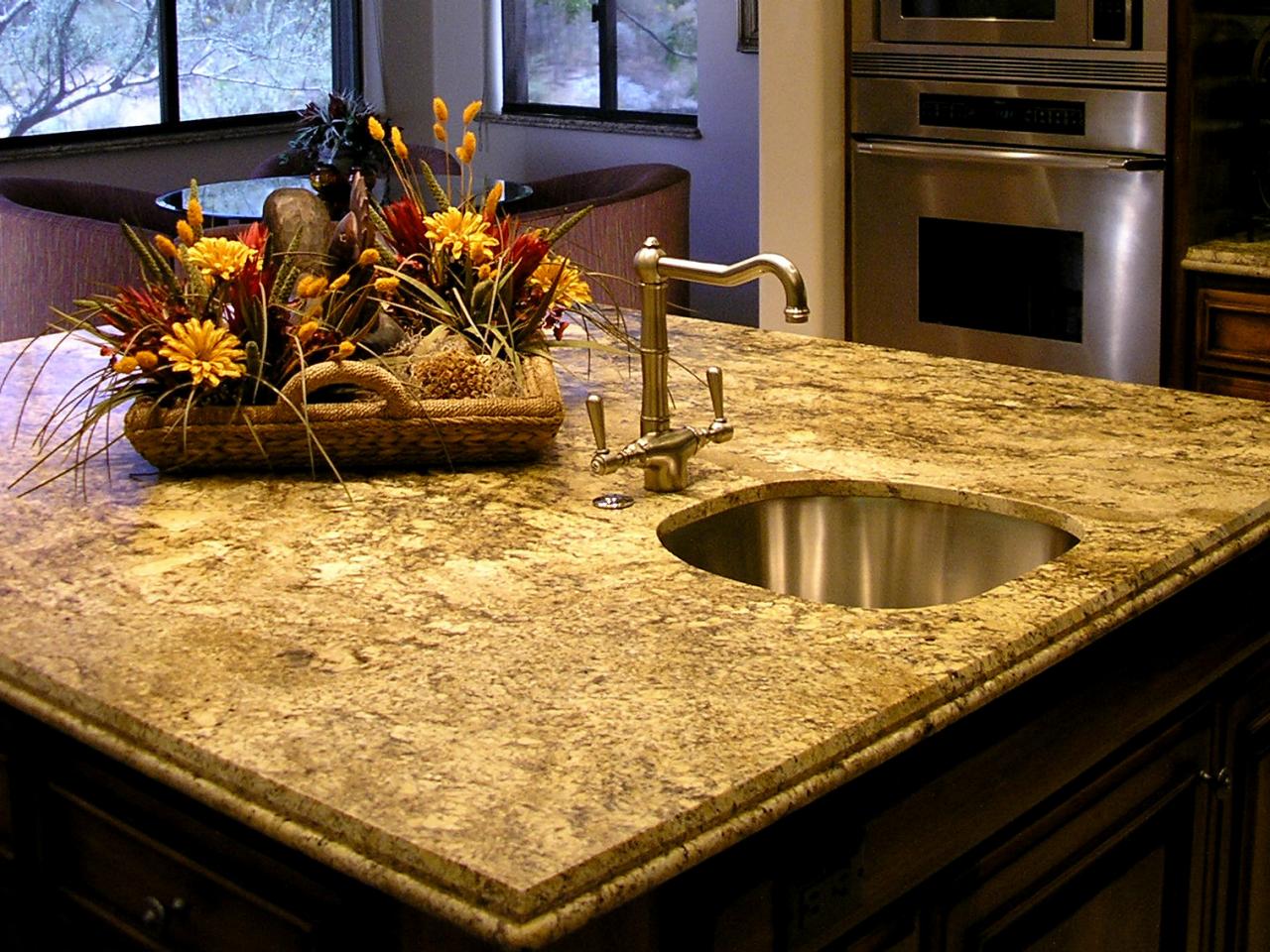
It’s also helpful to gather inspiration from various sources. Browse home improvement magazines, websites, and social media platforms like Pinterest and Instagram to see different kitchen designs and countertop colors. This can give you a better idea of what you like and don’t like, making it easier to narrow down your choices.
Testing countertop samples in your kitchen is an essential step in the decision-making process. Many suppliers offer small sample pieces that you can take home and place in your kitchen to see how they look with your existing décor. This hands-on approach can help you visualize the final result and ensure that you’re happy with your choice.
Don’t forget to consider the resale value of your home. While you might love a bold, unique countertop color, potential buyers might prefer something more neutral and versatile. If you plan to sell your home in the near future, choosing a more classic and widely appealing color can be a smart decision.
Finally, think about your long-term satisfaction with the countertop color. Trends come and go, but your kitchen should be a place you enjoy for many years. Choose a color that you love and that will continue to bring you joy, regardless of changing design trends.
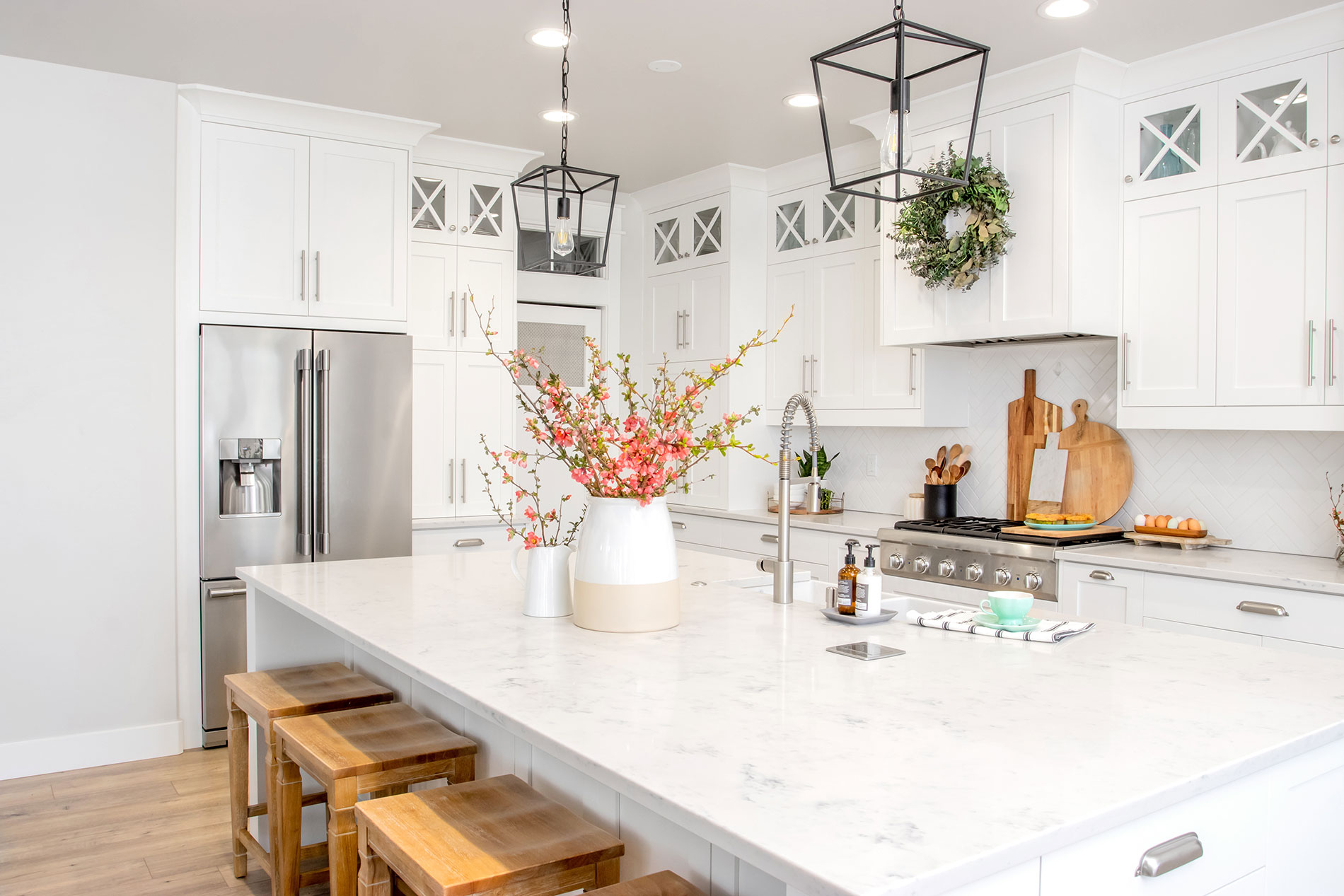
Common Mistakes to Avoid
One common mistake when choosing a kitchen countertop color is not considering the overall color scheme of the kitchen. The countertop should complement the colors of the cabinets, walls, flooring, and appliances. Neglecting this can result in a disjointed and uncoordinated look. It’s essential to look at the big picture and ensure that all the elements work harmoniously together.
Another mistake is failing to test countertop samples in your kitchen. Viewing small samples in a showroom or online can be misleading. The lighting and surrounding colors in your kitchen can significantly affect how the color appears. Always test samples in your kitchen at different times of the day to see how they look under various lighting conditions.
Choosing a trendy color without considering its longevity can also be problematic. While it might be tempting to go for the latest color trend, it’s important to think about how you will feel about that color in the years to come. Trendy colors can quickly become outdated, and you may find yourself wanting to replace the countertops sooner than expected.
Ignoring the practical aspects of countertop colors is another mistake. Light-colored countertops can show stains and spills more easily, requiring more maintenance. On the other hand, dark countertops can show scratches and wear more prominently. Consider your cooking habits and maintenance preferences when choosing a color.
Not considering the finish of the countertop is a common oversight. The finish can significantly impact the appearance and functionality of the countertop. Polished surfaces reflect more light and can make the kitchen look brighter, while matte finishes offer a more subtle and contemporary look. Honed or textured finishes can add a unique element but may require more maintenance.

What are the best colors for kitchen countertops?
The best colors for kitchen countertops depend on your kitchen’s overall design, personal preferences, and practical needs. Neutral colors like white, beige, gray, and black are timeless and versatile, matching almost any kitchen style. These colors provide a classic and elegant look, making them a safe choice for long-term satisfaction. For a bold statement, consider vibrant colors like red, blue, or green, but keep in mind that they may be harder to match with other elements and could become outdated more quickly.
How do I match my countertop color with my kitchen cabinets?
To match your countertop color with your kitchen cabinets, consider the overall color scheme and style of your kitchen. If you have dark cabinets, a lighter countertop can provide a pleasing contrast and help brighten the space. Light cabinets can be paired with darker countertops to add depth and richness. Look for colors that complement each other and create a harmonious balance. Testing countertop samples in your kitchen can help you see how the colors work together under different lighting conditions.
Are lighter or darker countertops better for a small kitchen?
Lighter countertops are generally better for small kitchens because they can make the space feel larger and more open. Light colors reflect more light, creating a brighter and airier atmosphere. However, darker countertops can also work in small kitchens if paired with light-colored cabinets and walls to provide contrast and visual interest. Ultimately, the best choice depends on your personal preferences and the overall design of your kitchen.

How do I choose a countertop color that won’t go out of style?
To choose a countertop color that won’t go out of style, opt for neutral and timeless colors such as white, beige, gray, or black. These colors have broad appeal and can match almost any kitchen design. Avoid overly trendy colors that might become outdated quickly. Consider the long-term satisfaction and resale value of your home when making your decision. Neutral colors provide a versatile backdrop that allows you to change other elements of your kitchen design without needing to replace the countertops.
Can I change the color of my existing countertops?
Changing the color of existing countertops is possible but can be challenging and may not always yield the best results. Some countertop materials, such as laminate, can be painted, but the finish may not be as durable as the original surface. Natural stone countertops like granite or marble can be stained or resurfaced, but this is a complex process that should be done by professionals. In many cases, replacing the countertops with a new color that suits your preferences and kitchen design is a more effective solution.
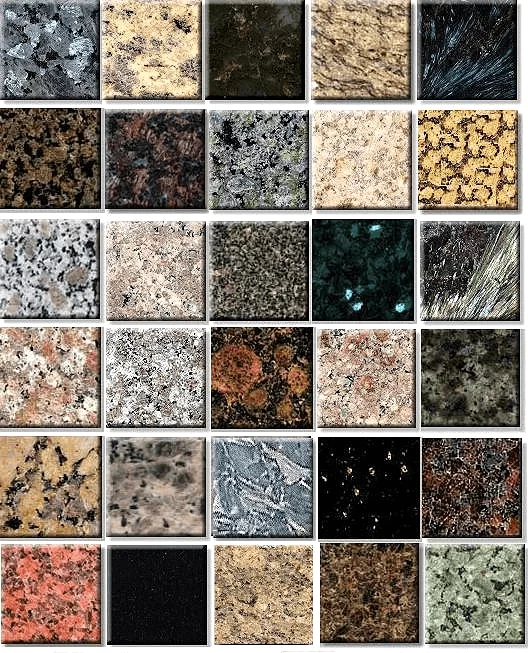
What Kitchen Countertop Color Should You Choose?
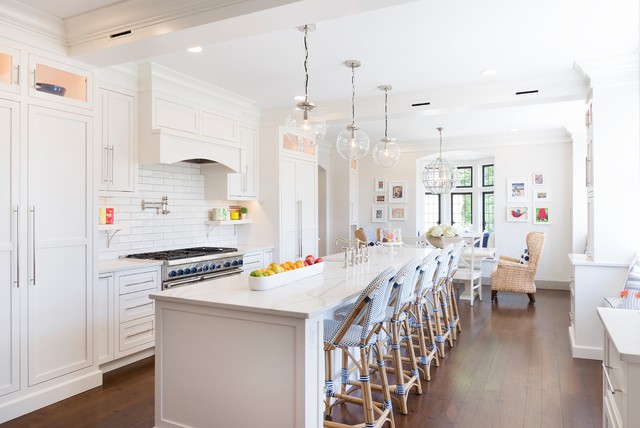
Choose Countertops With Confidence
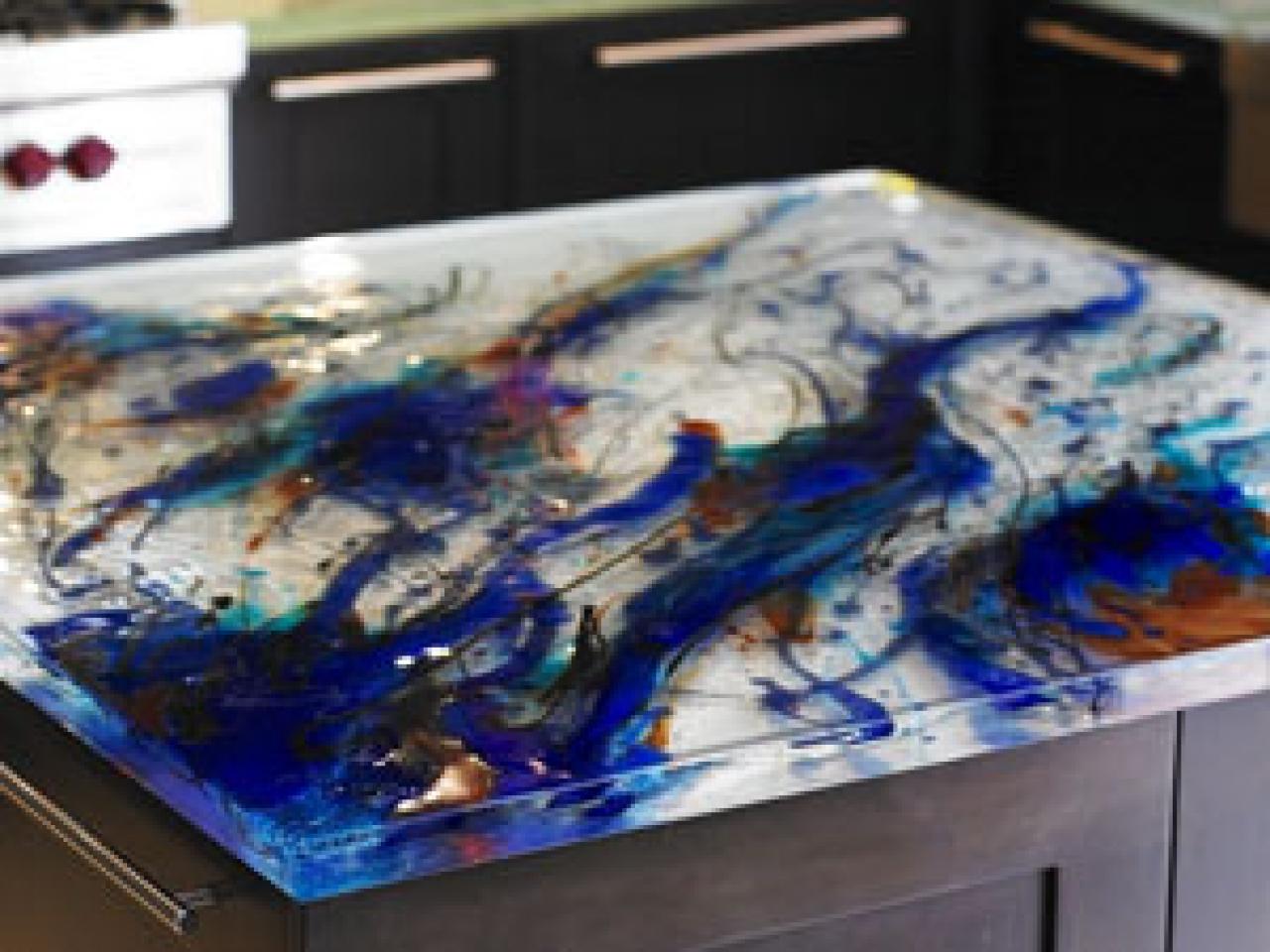
Related articles: